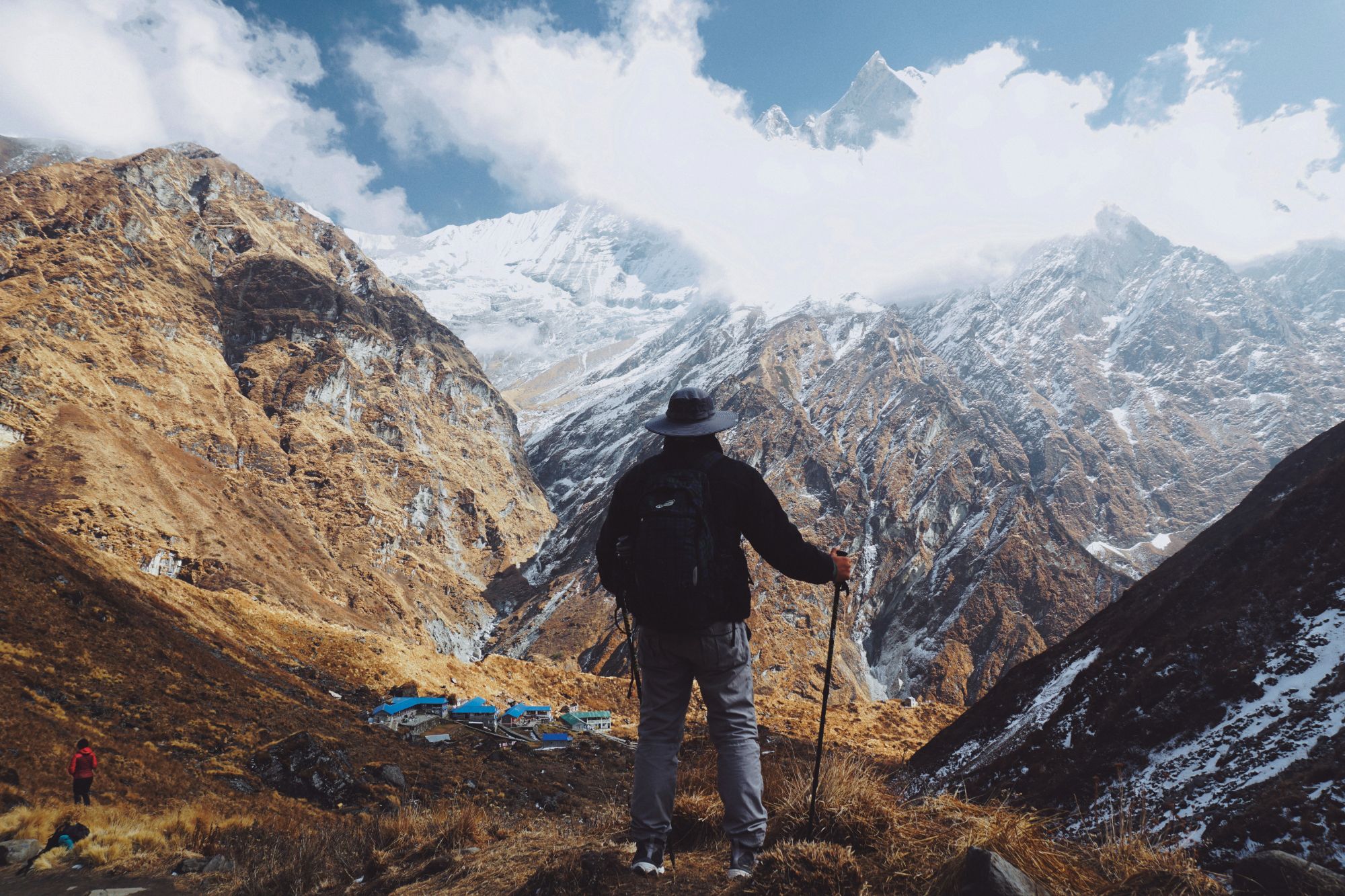
Acute Mountain Sickness (AMS) is an altitude sickness. You can get this sickness when you are at high altitude. Even though you can’t completely prevent getting sick, you can reduce the risks to a minimum. Learn the symptoms and how you can prevent altitude sickness. Because then you can enjoy your time in the mountains healthy and safely as much as possible.
Every year, people die of altitude sickness. And many of these deaths are preventable. If you are going to travel above 2,500 m, read about AMS and tell your companions about it. Because it can save your life.
To prevent and treat altitude sickness, you need to know about the different forms and the symptoms. Because then you know what you need to do if you or one of your companions gets sick.
3 forms of mountain sickness
- Acute Mountain Sickness (AMS)
- High Altitude Pulmonary Edema (HAPE)
- High Altitude Cerebral Edema (HACE)
The #1 treatment for all mountain sickness is descent.
Acute Mountain Sickness (AMS)
AMS, also called mild altitude sickness, is quite similar to a hangover. Because it causes headache, nausea and fatigue. Some people are only slightly affected, while others feel awful. However, if you have AMS, take this as a warning sign. Because you are at risk of the serious forms of altitude sickness: HAPE and HACE. Both HAPE and HACE can be fatal within hours.
High Altitude Pulmonary Edema (HAPE)
HAPE is a life-threatening emergency. The symptoms are a cough (wet or dry), difficulty breathing with mild exertion and, all the symptoms of AMS. Fluid collects in the lungs. Hence, you need to get to lower altitude immediately.
High Altitude Cerebral Edema (HACE)
HACE is also a life-threatening emergency. The symptoms are ataxia (walking in a stumbling manner) and changes in the mental status, such as confusion or lethargy. The brains are literally swelling. This means you need to get to lower altitude immediately.
Treat altitude sickness
The #1 treatment for all mountain sickness is descent.
To treat high altitude sickness, you need to recognize the symptoms fast and realize that altitude could be the cause of your illness. If you suspect AMS, don’t ascend further. Have a rest day and stay at the same or lower altitude to acclimatize. If you suspect HACE or HAPE, you should immediately descend to a lower altitude and ask for advanced medical care. Some medications may aid in the treatment, but the going to lower altitude is always the best medicine.
Prevent altitude sickness
To prevent altitude sickness you need to ascend to altitude slowly and gradually. Therefore we have built acclimatization days in our higher altitude trekking itineraries. And, above 2,500 meters, we let you ascend no more than 500 m per day. This gives your body a chance to acclimatize to the higher altitude. And, it gives both of us the opportunity to observe you for symptoms of sickness.
Furthermore, staying hydrated is essential. Avoid alcohol and coffee since its diuretic and sedative. It makes you pee more and sleepy. This can mask the symptoms of altitude sickness.
Also, make sure you keep eating properly. You may lose your sense of appetite when you’re at higher altitude. But your body needs a lot of nutrients as it is working very hard for you. If you do not eat enough, you will get weak and increase the chance of getting sick. Make sure you eat 3 meals a day. If the portions feel too big, eat soup and healthy snacks in between meals.
Complete your trek safely
Getting sick ruins pretty much any trip. Especially when you are in a remote place without advanced medical resources. So, take care of your health. Ascend gradually, drink lots of water and tea to stay hydrated, eat at least 3 meals a day to complete your trek and return safely.







